Sombat Simla: Master Of Bamboo Mouth Organ
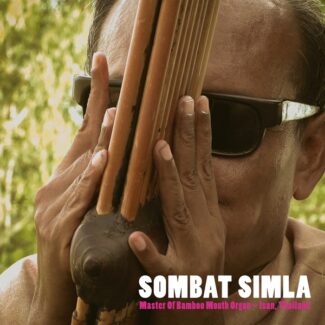


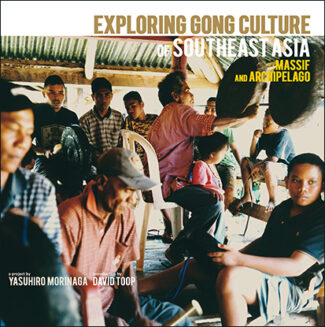
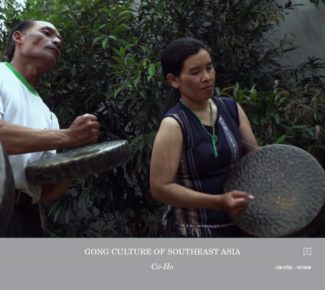
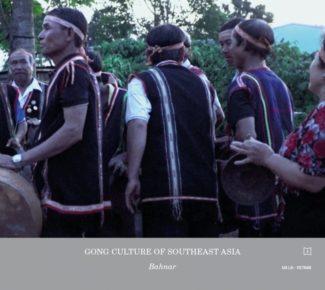
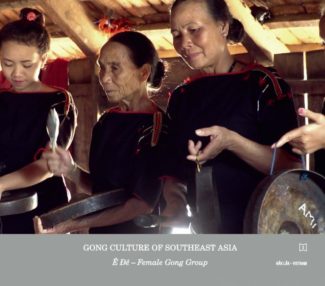
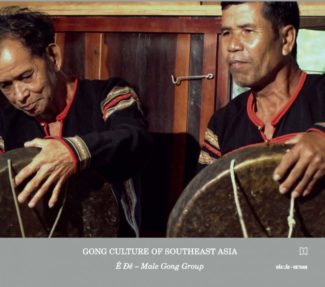
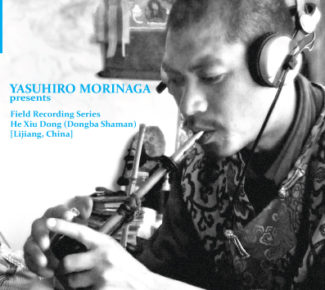
![Yasuhiro Morinaga presents Field Recording Series Slamet Gundono [Surakarta, Indonesia]](https://www.the-concrete.org/wp-content/uploads/2014/10/gundono_main-325x290.jpg)
The second edition of “Field Recording Series” by Yasuhiro Moringa has released. This edition features Jawa’s charismatic performer, Slamet Gundono. Slamet Gundono is a charismatic performer, musician, puppet shadow master. With his particular ironic sense of humor through the appreciation of traditional Indonesian culture, the unique style of his music and narration have been appreciated by local Indonesians. By his considerable influences, He received a prestigious award, Prince Clause Award in 2005.
Sound designer & Music director, Yasuhiro Morinaga met with Slamet Gundono during the production of contemporary dance performance (choreography by Akiko Kitamura) in 2011. Throughout the number of discussions and communications, both Morinaga and Slamet agreed to work collaboratively in producing new recording album. With two microphones, Morinaga captured Slamet’s dynamic voice and instruments and other Indonesian local instruments such as gender or kendang etc. Because of his improvisational music style, the recording has never been replaced or re-recorded. And Morinaga decided not to edit anything during the process of post production process (certain bypass filtering and equalization during the mastering process) to enhance the real sonic environment around him and his musicians.
![Yasuhiro Morinaga presents Field Recording Series Endah Laras [Surakarta, Indonesia]](https://www.the-concrete.org/wp-content/uploads/2014/10/endah_main-325x290.jpeg)
A pioneer of Japanese Sound Design, Yasuhiro Morinaga’s field recording series has just launched the first edition! This first edition is featuring one of the most astonishing Indonesian singers, Endah Laras, who has been known for Javanese traiditional art like Wayang Kuri. The recording was conduced at the open-air studio, owned by Endah’s father who was regarded as one of the maestro of Javanese Wayang Kuri. The location has rich sonic environment and enriches natural resonance. Through her astonishing voice with different music instruments, such as ukulele and guitalele and other traditional Javanese instruments like gender and Javanese sitar, The music in itself beings us the feeling of Kroncong and Folk. Although we all know that Indonesia has strong tradition in gamelan music or ritual ceremonies, this recording work should be treated as a new music of modern Indonesian sound.